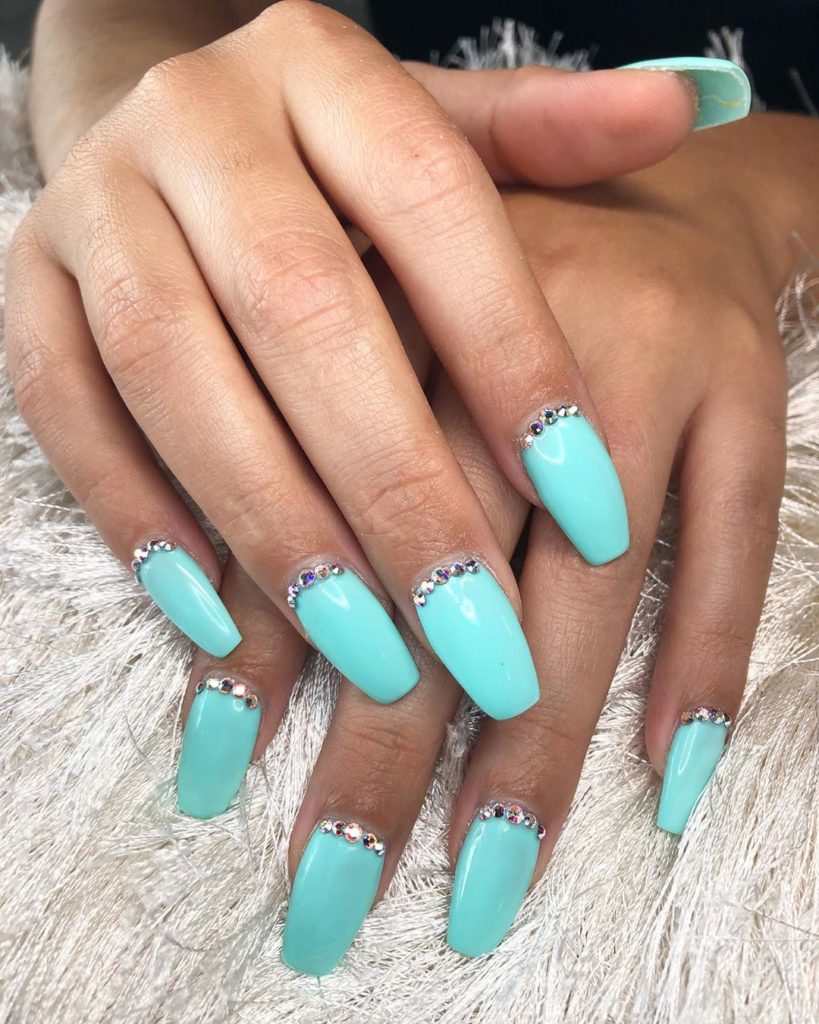Women are accustomed to the added discomfort of correcting their mani-pedis at the end of a long day. But recently, another work-related nail headache has come to their attention.
Ahem, is your Mani-Pedi safe? You may want to take some precautions when you’re looking to customize a manicure for your special someone.
Unlike today’s safe nail polish, not all nail salon services come with a lacquer-free guarantee. Despite these policies, many salons are advertising their nail technology, and those who use it claim that their technique is safe for routine manicures.
Here, we break down the essential questions you should ask before you book a nail service.
Is my salon complying with the Nail Safety Act?
The Nail Safety Act is aimed at ensuring safe manicures for both consumers and manicurists. Passed in September 2013, the law was passed after a number of nail salon accidents and deaths. The most common type of injury from a nail salon is to the lower extremities, with approximately 10,000 people dying a year after accidents. In addition, 7 in 10 manicures cause above-the-knee problems, which can lead to minor damage and cosmetic changes in the long run. Other nail salon injuries can lead to fractures, amputations and burns. These accidents may also include pressure burns, bone diseases and organ injuries.
Salons must abide by one of three standards in order to be certified. The Nail Safety Act requires nail salons to stay within the highest eight safety standards. To complete this certification, salons will be required to install hand and foot pressure gauges, be equipped with emergency procedures, meet minimum employee and Occupational Safety and Health Administration (OSHA) standards, conduct environmental testing and train employees on safe manicures and manis.
How do they look like?
When salons are certified, they post a label in the salon reading, “Safety is our first priority!” Some salons prefer their clients to view their safety procedures and practices on the salon’s website, which you can do here.
Are they Sunscreen-Friendly?
The Board of Safe Cosmetics said “any brand (or variation) which contains chemicals that have not been approved for human consumption must come in labeled, logo-on packaging, clearly and conspicuously promoting the following: ‘Do not eat this item until it is approved by the FDA.’” Unfortunately, nail services are not labeled with such warnings.
How does the salon handle its employees?
The Nail Safety Act states that “all salons and salons employees must be credentialed as licensed health professionals.” To obtain a license, the salon must test the qualifications of its employees. No records will be kept for employees who are not certified.
Are there chemicals?
They must not have a chemical greater than 1.3 parts per million. They are permitted to use 25 percent of a nail polish color per manicure. These means that no colors exceeding 100 percent are allowed. Their products are chemical-free. The number of ingredients in nail polishes can also vary depending on the salon, because it depends on the application method and the stylist’s preferences. Although manicurists are not allowed to add any colorings or ingredients, they can apply nail polish to different areas on the nails depending on how they like them.
Do the treatments go on at the same time?
The Nail Safety Act mandates that manicurists apply an initial layer of polish to the nails of their clients. If clients cannot decide what color to choose from, stylists can change their first coat of polish, if needed. But since this initial layer requires skin to be exposed to a minor scalding temperature, nail technicians must take measures to minimize the risk of burns and dehydration.
Most brands of polish are color-safe or contain 10 percent polyphenols that are safe for the contact of skin. However, some products contain more than 10 percent, so be sure to read the product labels.
What “living” material is used?
Salons use “living” materials in the application of their nail polishes, but the method for choosing them is unique to each salon. Some salons use “aerosol” treatments, which creates a long-lasting moisture bond between the skin and the nail polish. “Indigo” may also be used, since the color has a reflective property. Other types of materials include “nectar,” which absorbs the color and soaks up excess moisture.
Am I going to get a perfect manicure?
If the salon is green, they will want you to see a professional trim. If you have a nail that’s bleeding or shiny, they


0 Comments on "Four Ways To Be Safe When It Comes To Your Manicure"